This board is similar to my Solar Harvesting into Li-ion and Solar Harvesting into Supercapacitors board, but this one is designed to store its energy in a Lithium Ion Capacitor.
Recently (2021) the price of Lithium Ion Capacitors (LICs) from manufacturer Vinatech dropped in price because they opened new factories. For example this 250F is less than 5USD in qty50 and I even got a quotation for USD1.90 in qty1000.
The AEM10941 is a highly efficient solar energy harvesting chip from E-peas. I configured it to keep the LIC between 2.5 and 3.8V using R1-4.

It also has an integrated 80mA LDO (HVOUT) that I configured to 2.2V using R5-6.
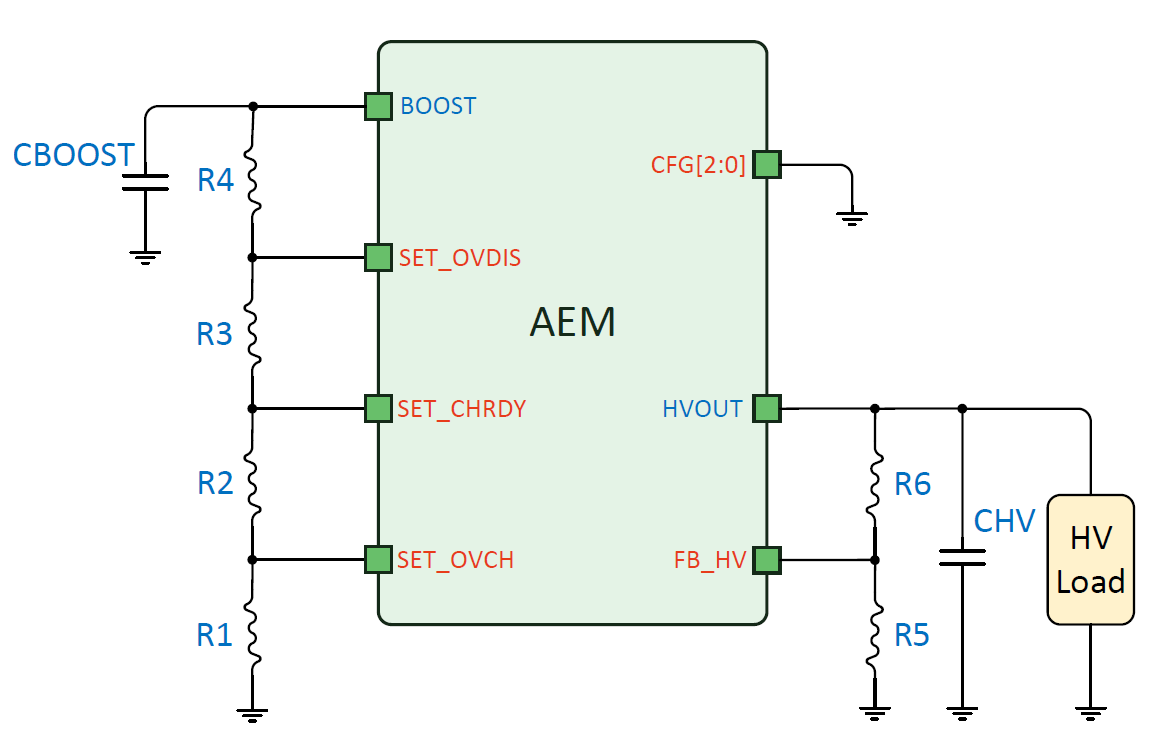
The AEM10941 has a low voltage warning (STATUS1 pin) that informs the user of impending shutdown when the LIC runs low, which is 600ms before the LDO is turned off.
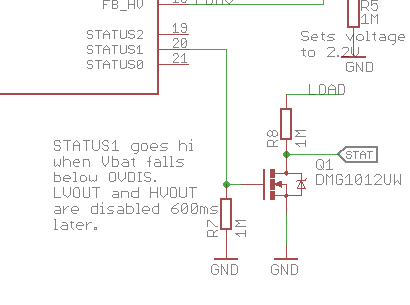
SInce the HVOUT can only supply 80mA, I added a TPS63900 buck boost converter, it is configured to 3.3V and can deliver 400mA. The TPS63900 is enabled by the HVOUT signal. I love the TPS63900 because it is super low power and tiny. The complete schematic looks like this
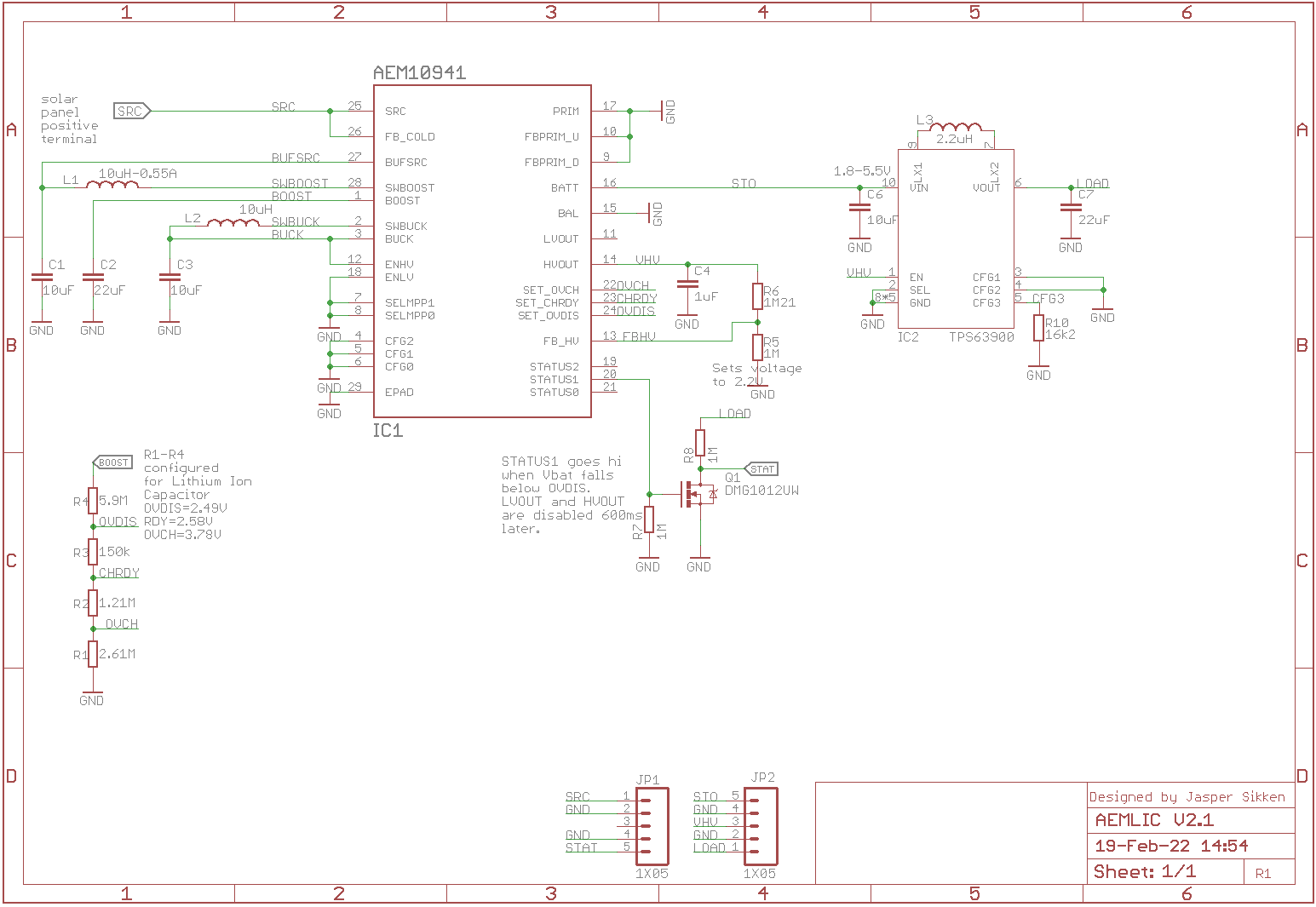
Then I made PCB layout and ordered bare PCBs from Elecrow
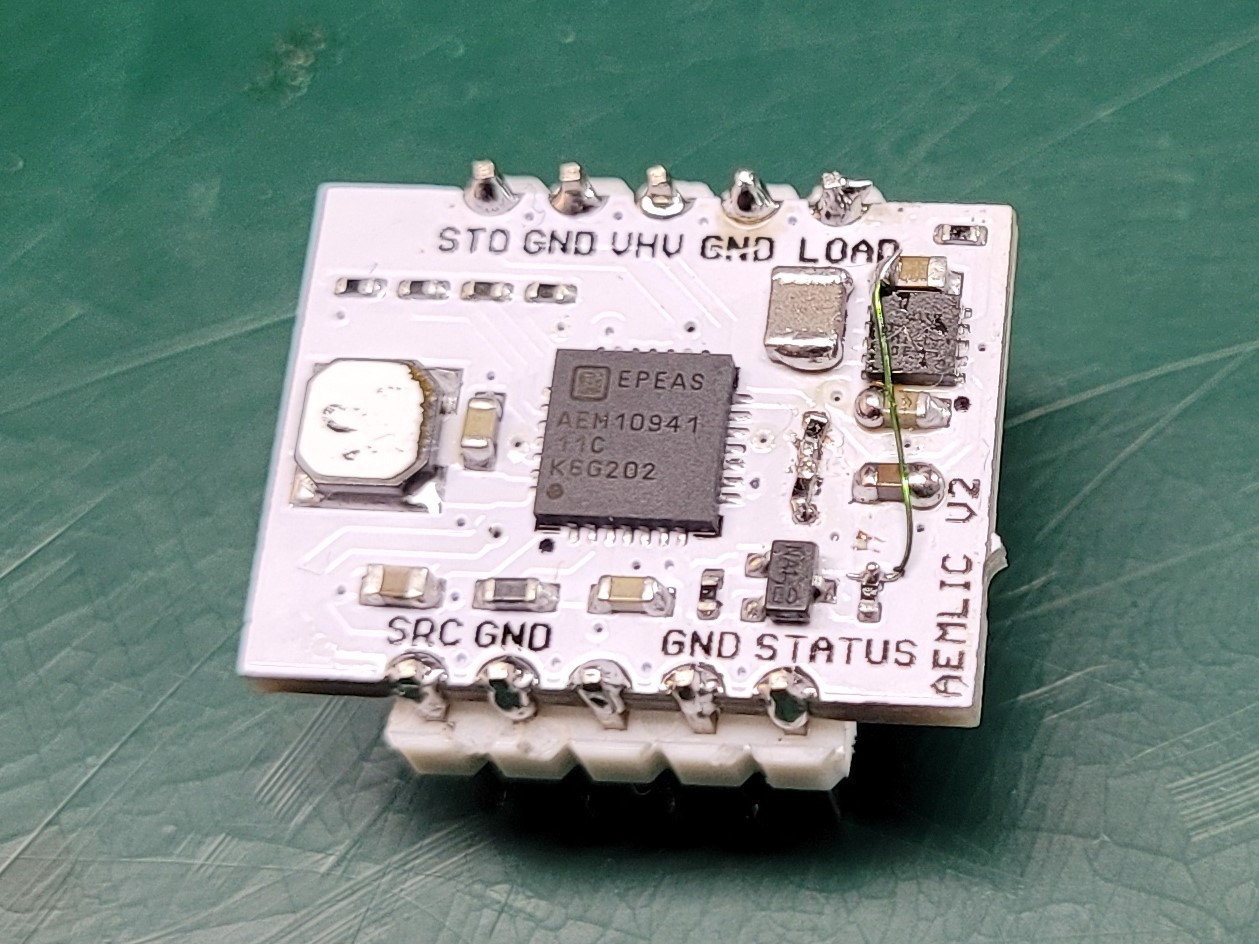
I needed correct the voltage on a pull up resistor and I succesfully completed the hardware design verification.
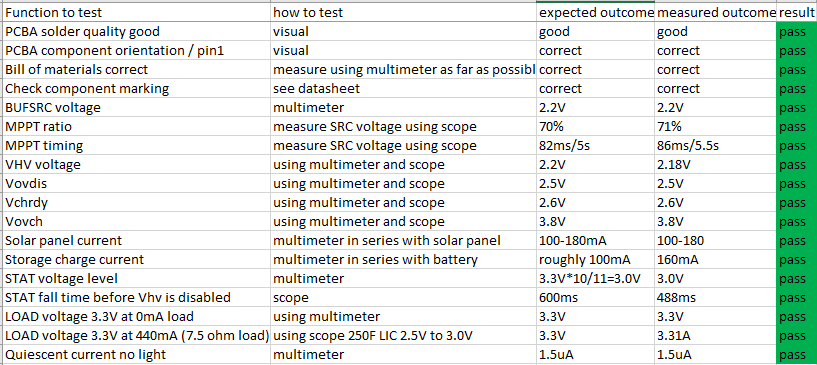
Since I have much experience with AEM10941 and tested TPS63900 extensively I immediately ordered 50 PCB assemblies from Elecrow. And they all look good
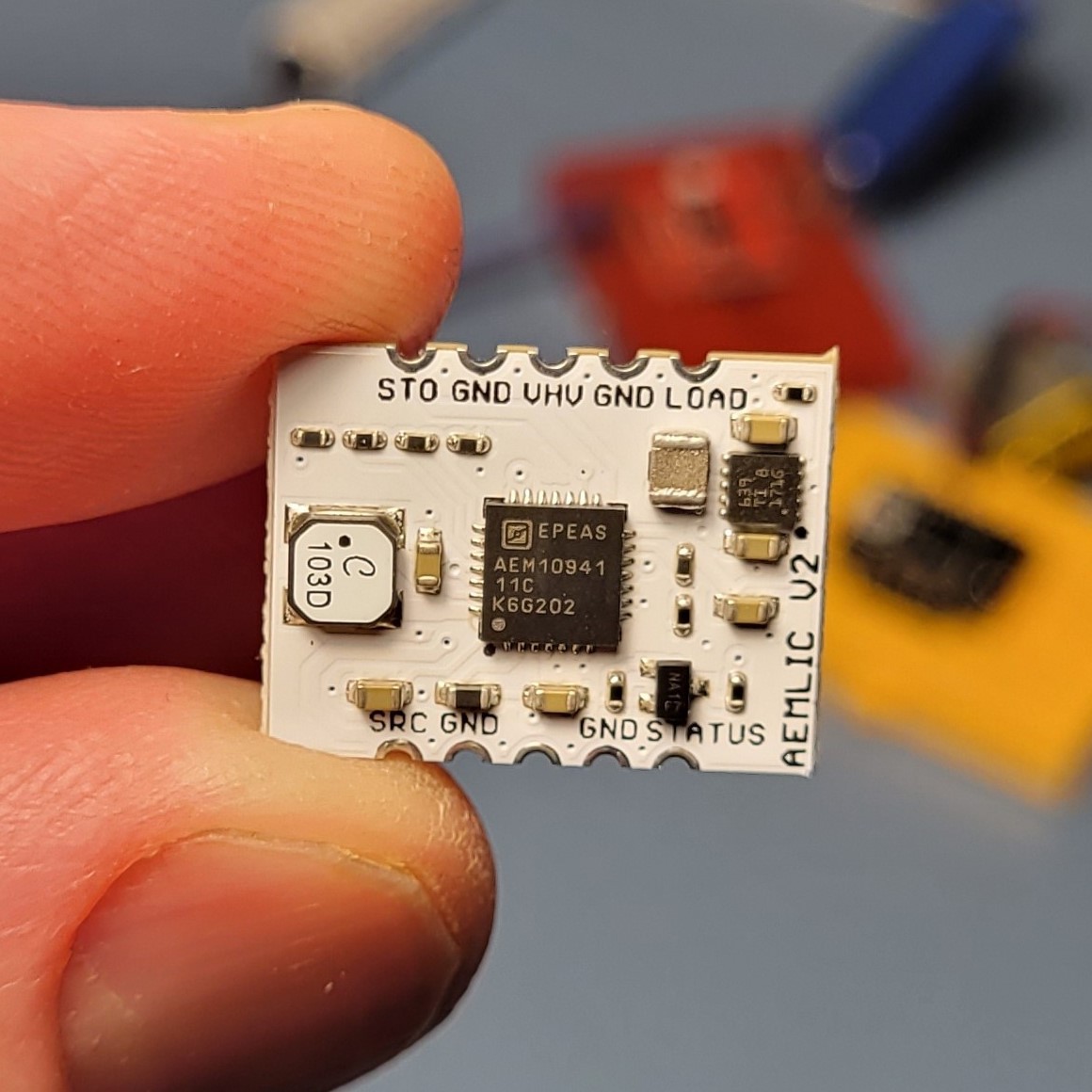
I created a test rig and if all LEDs light up the complete circuit works. This way I functionally tested the 50 boards.
Then I created a cool 3 minutes video to make everyone excited about Lithium Ion Capacitors and my board.
And then updated my Tindie product page and added stock.
 Jasper Sikken
Jasper Sikken
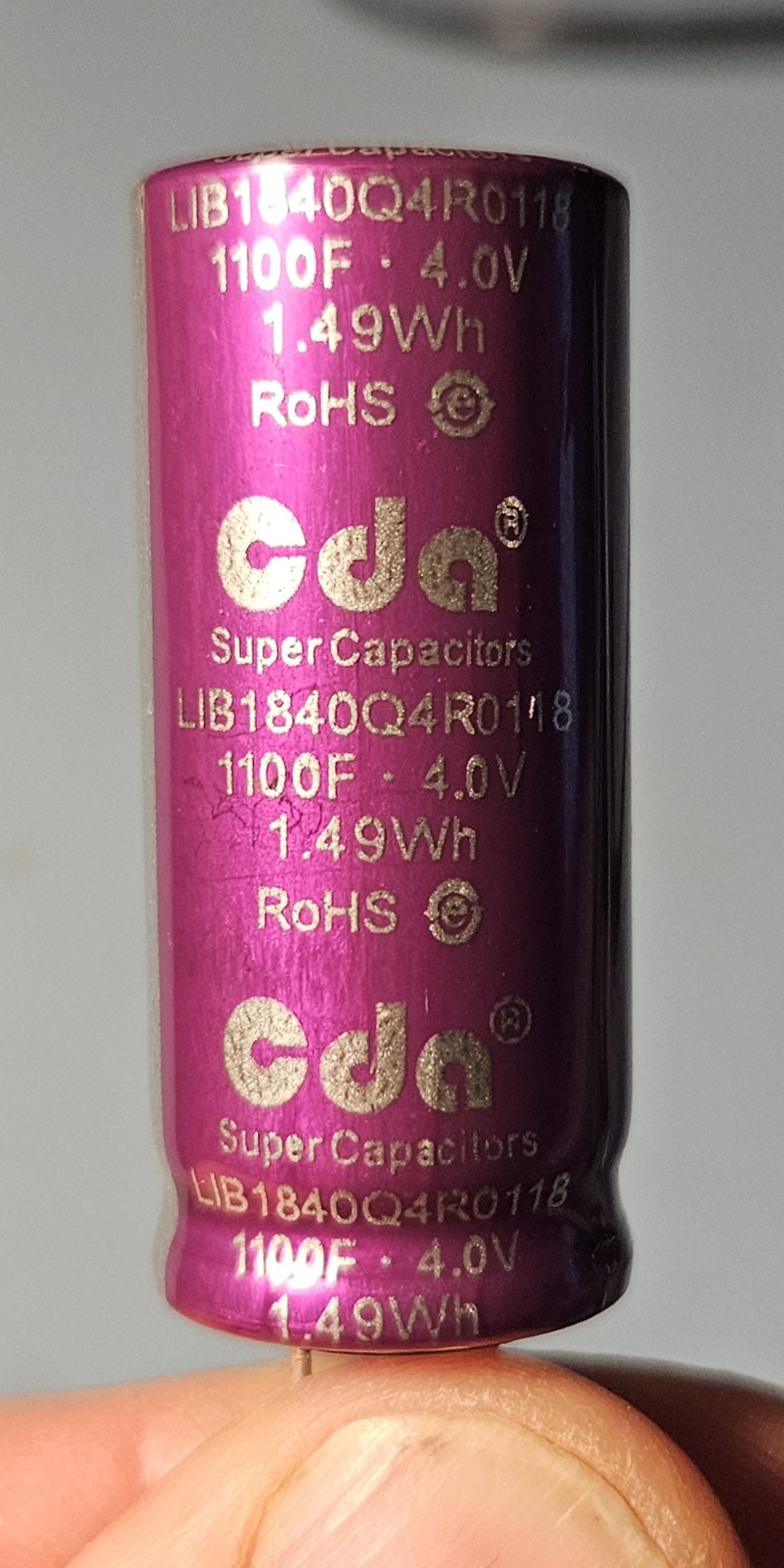
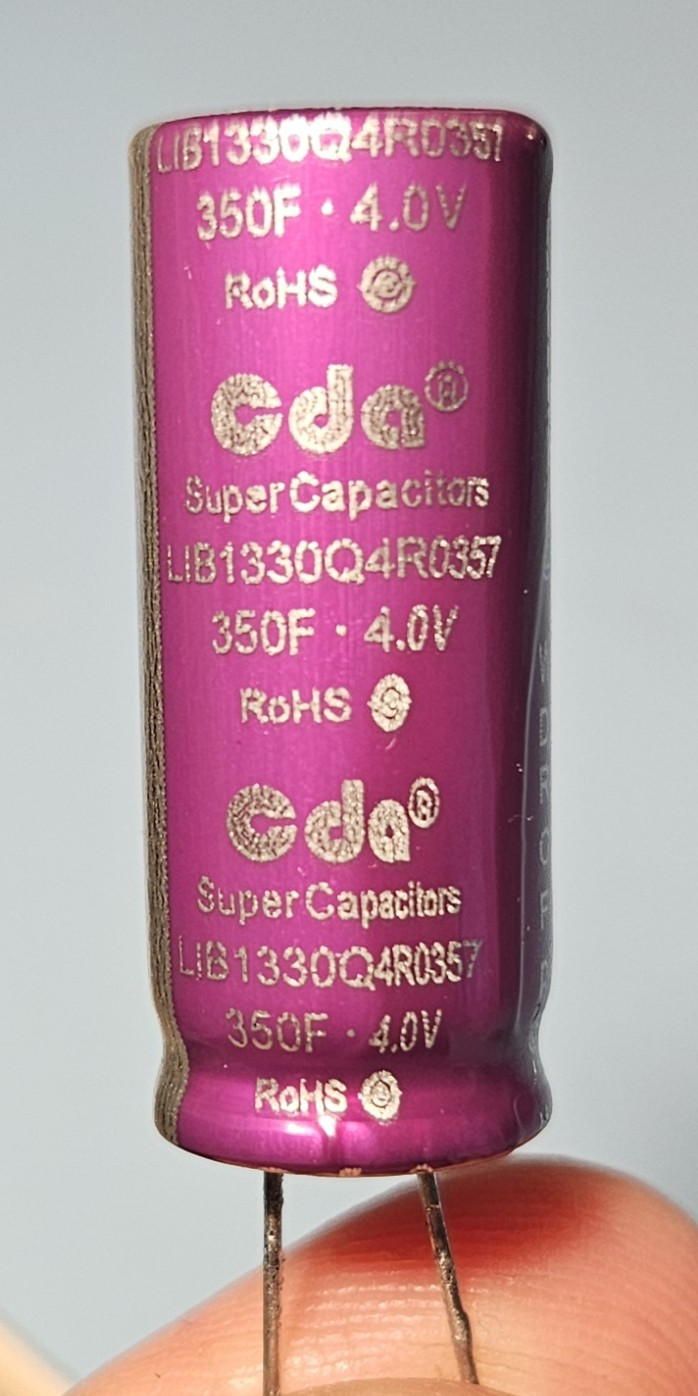

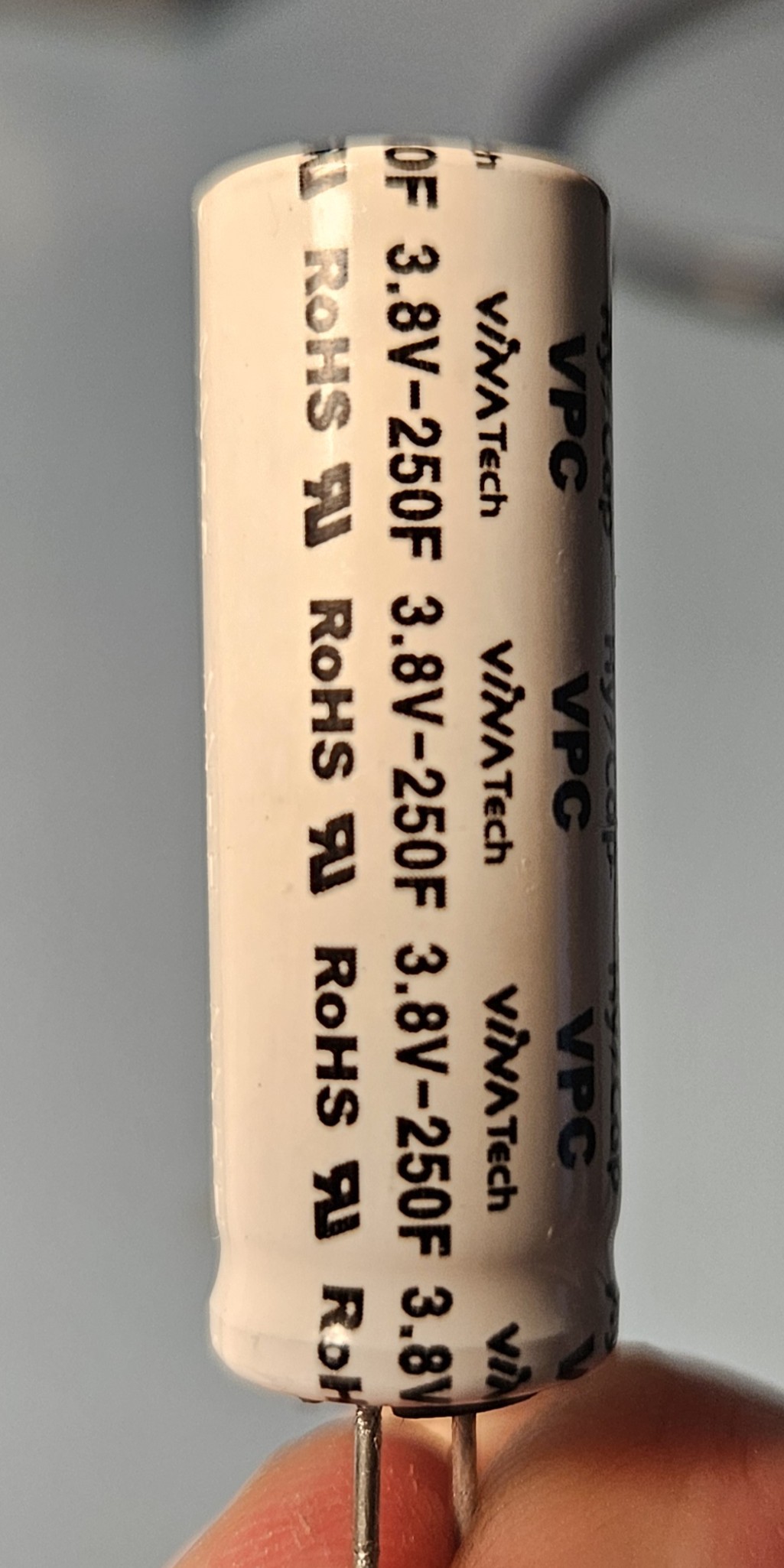
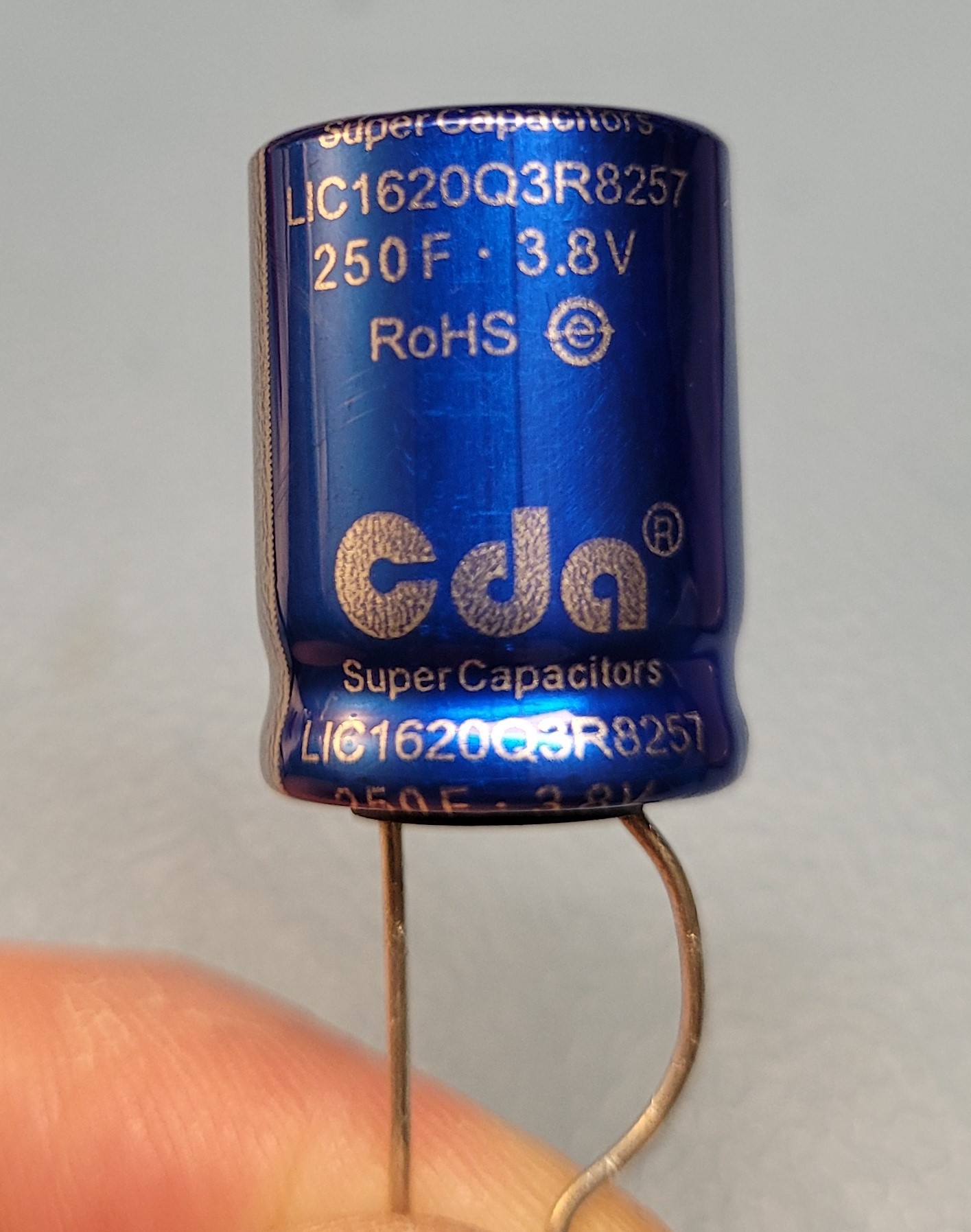
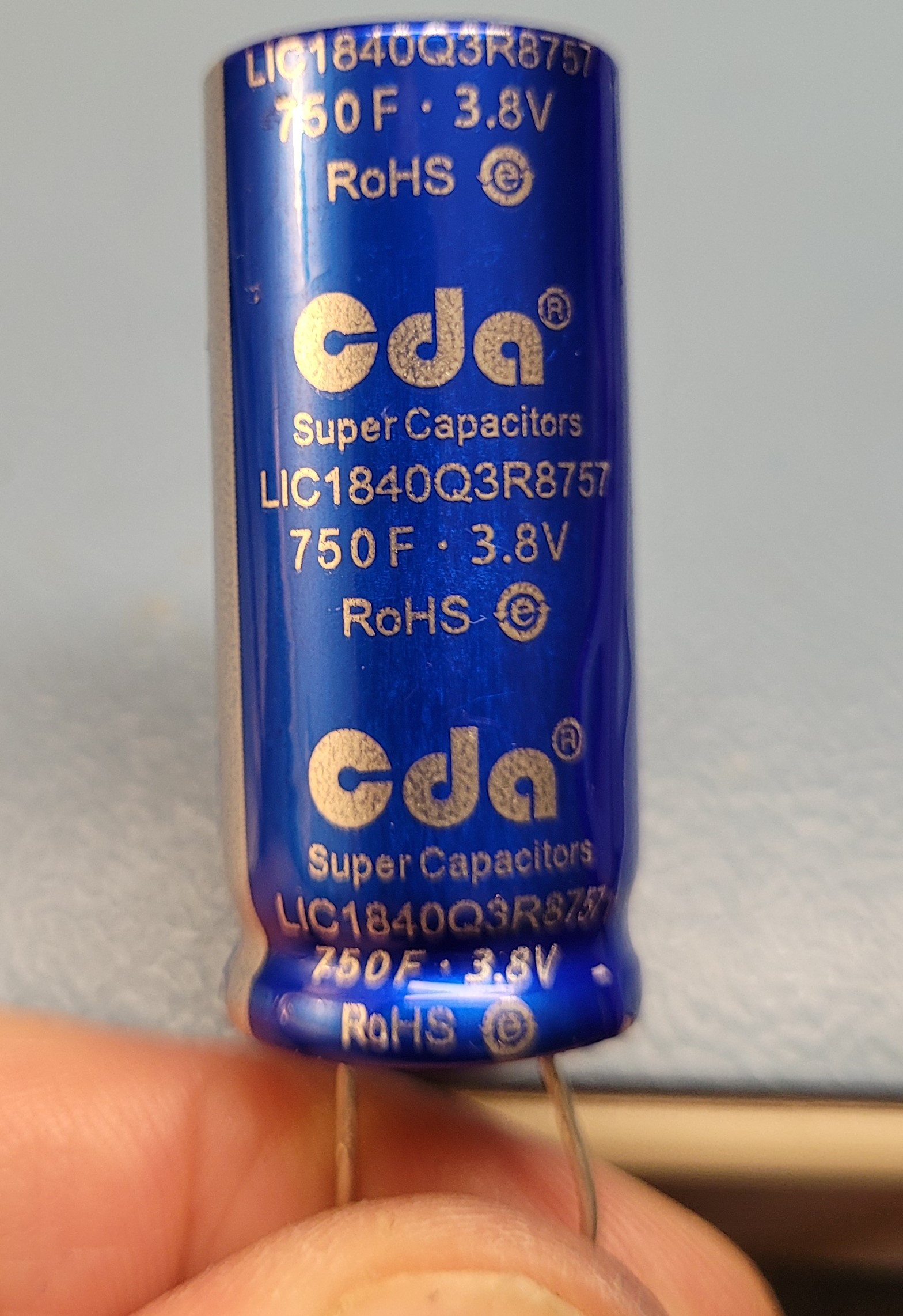
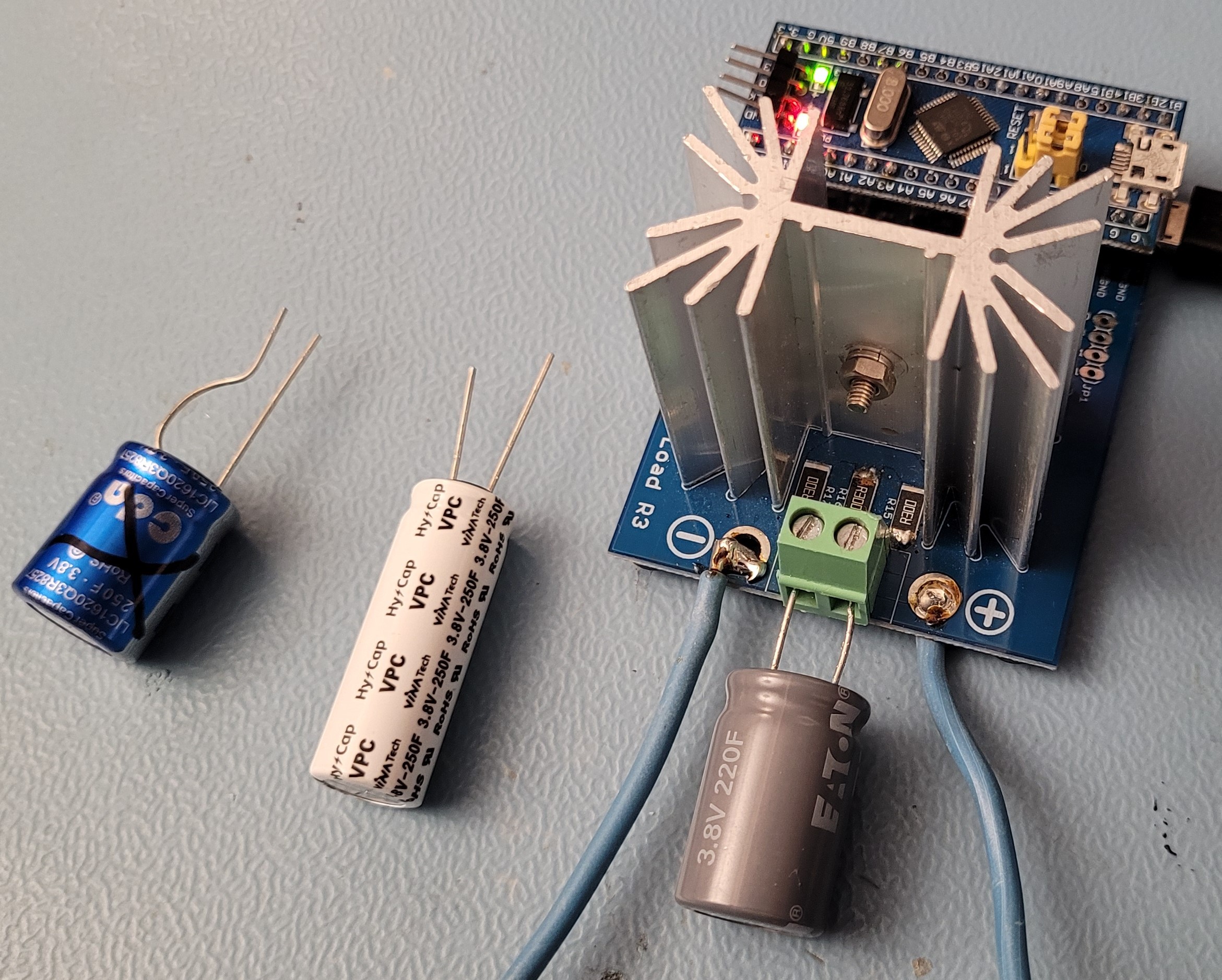
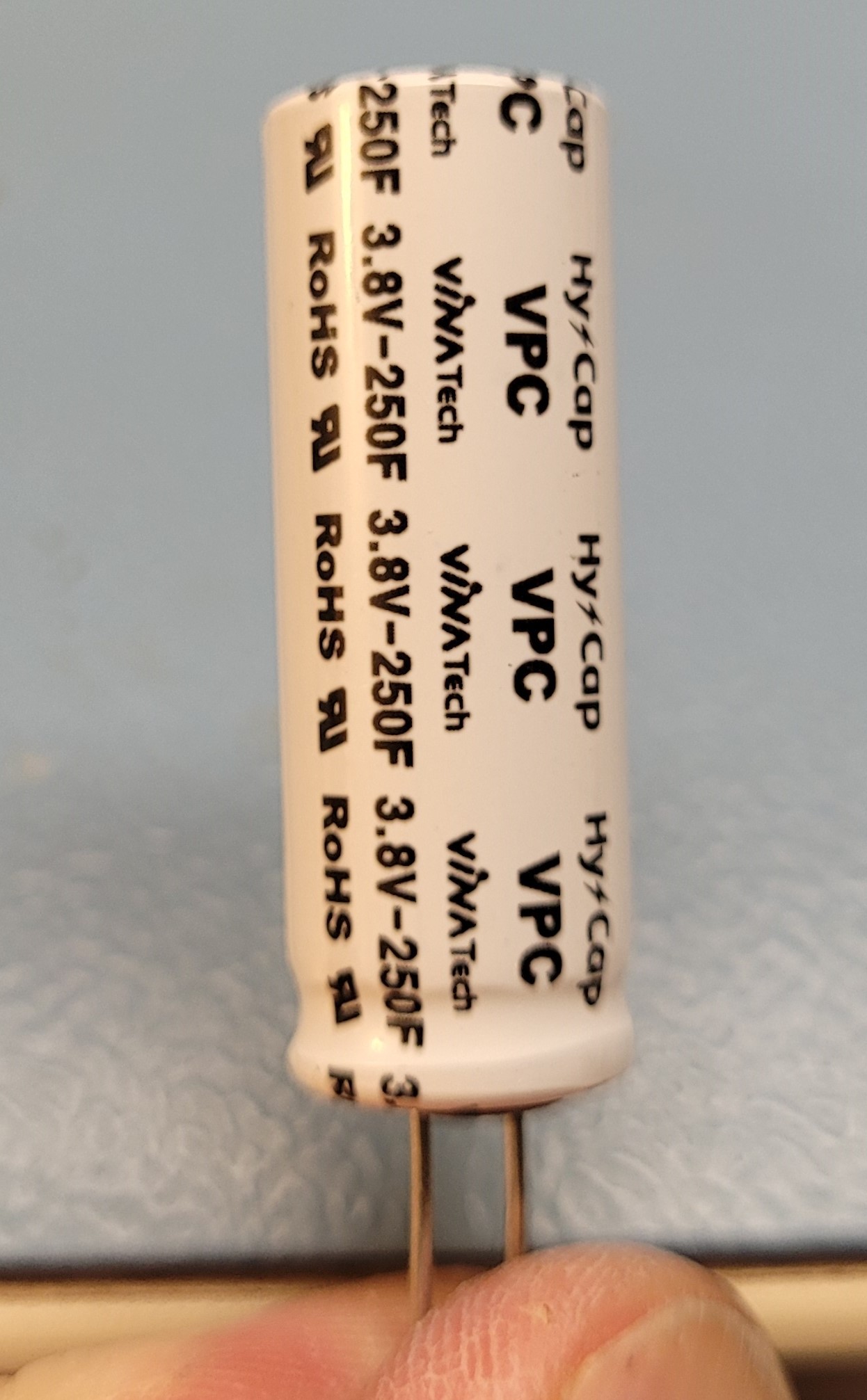
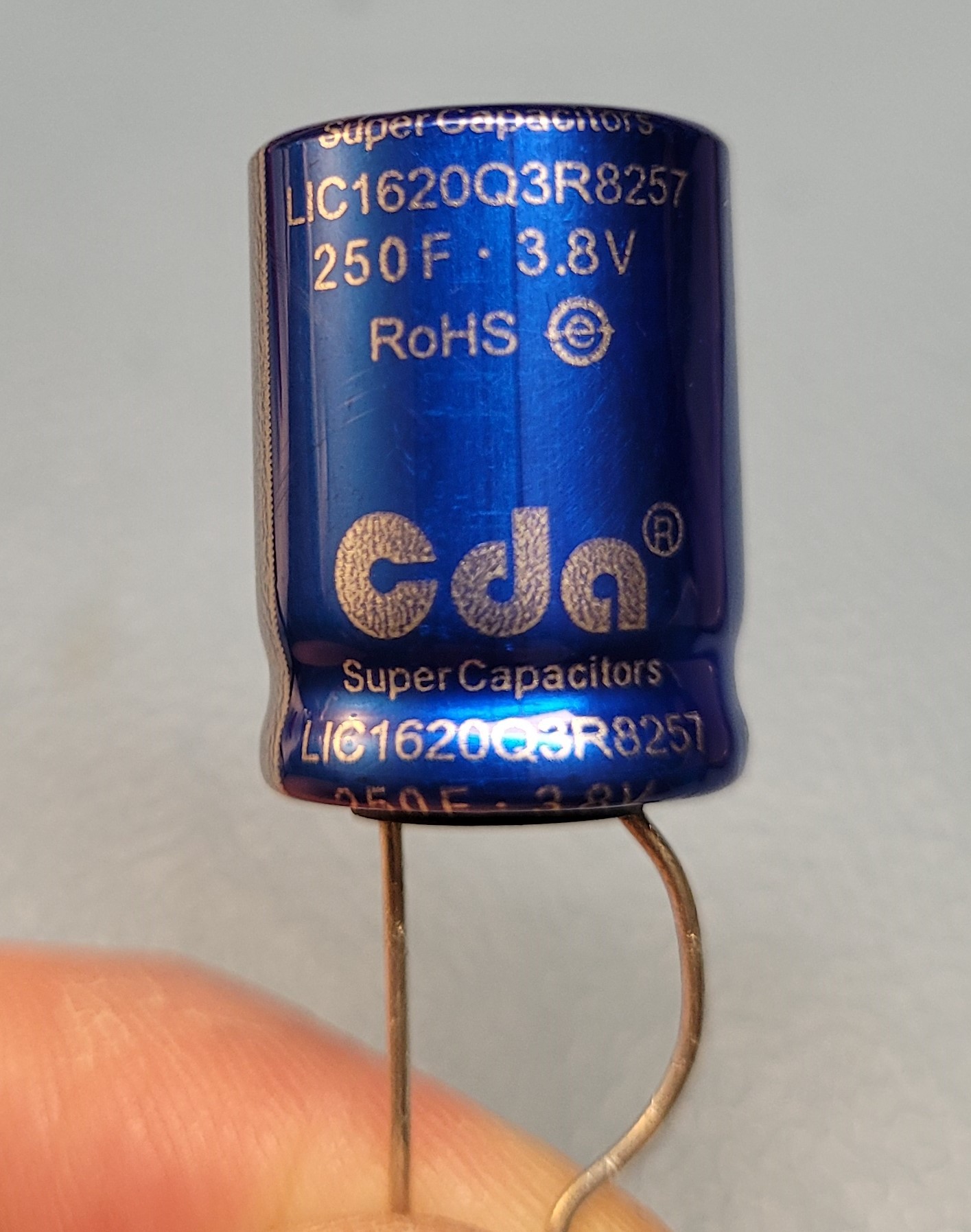

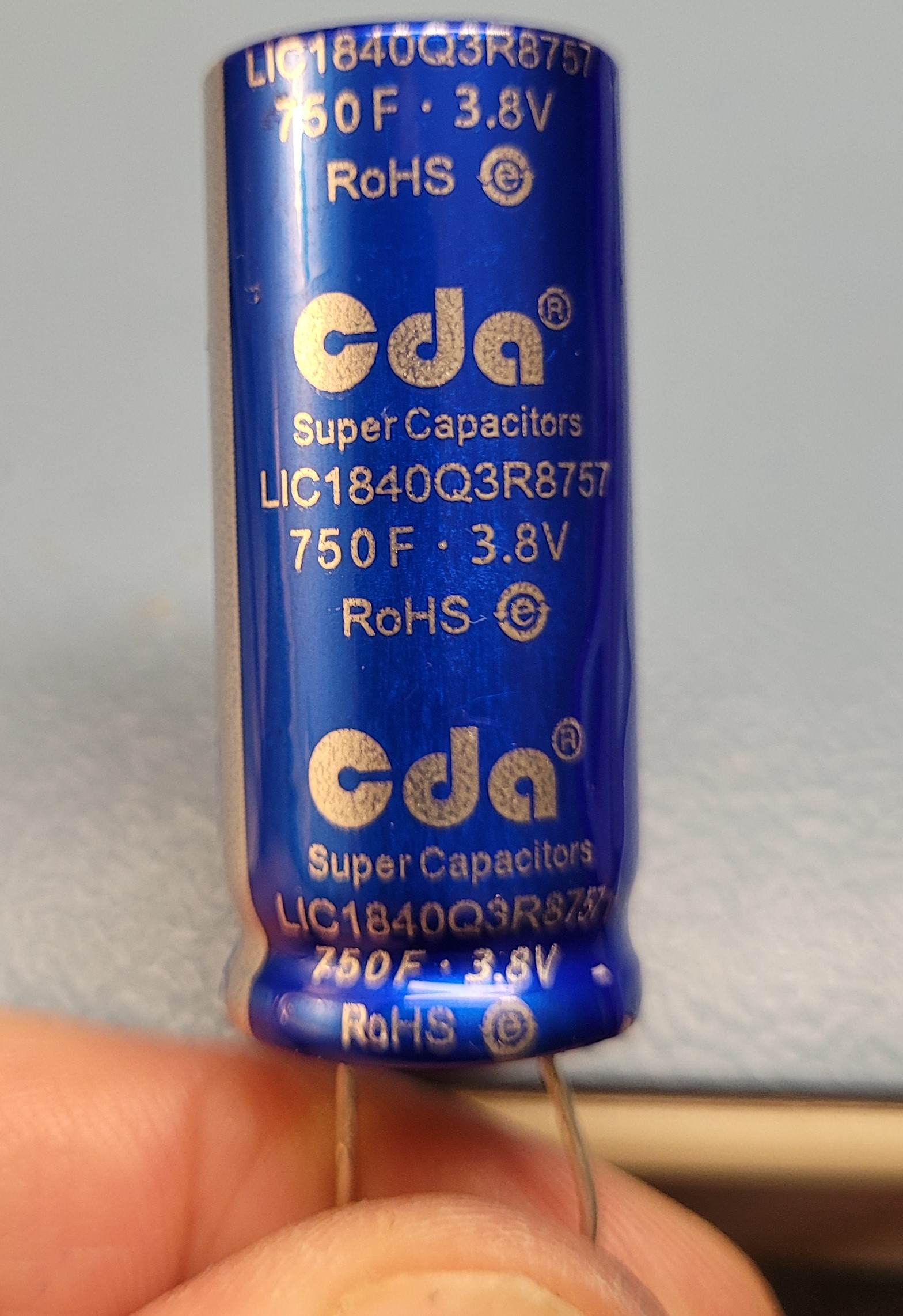
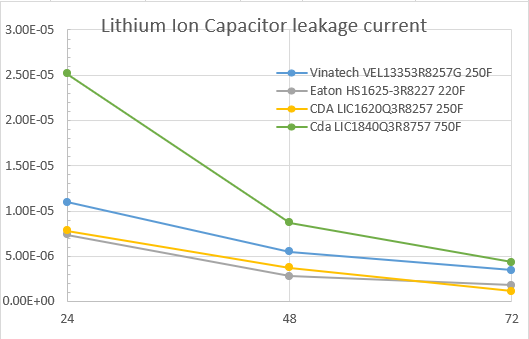
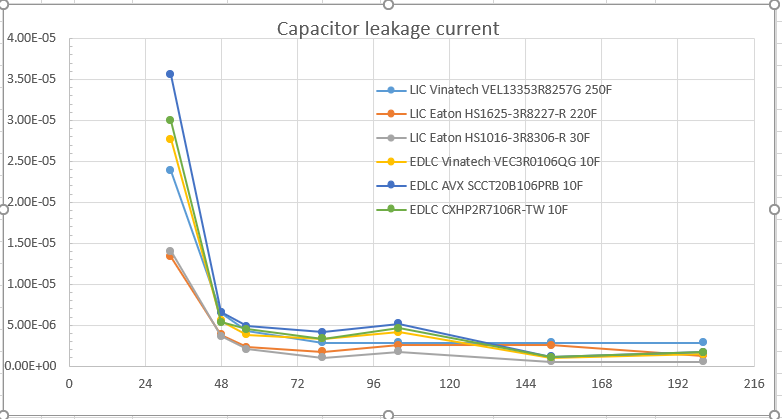
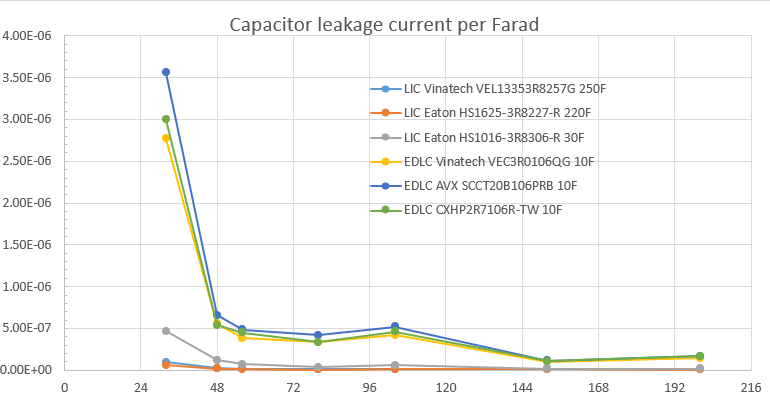
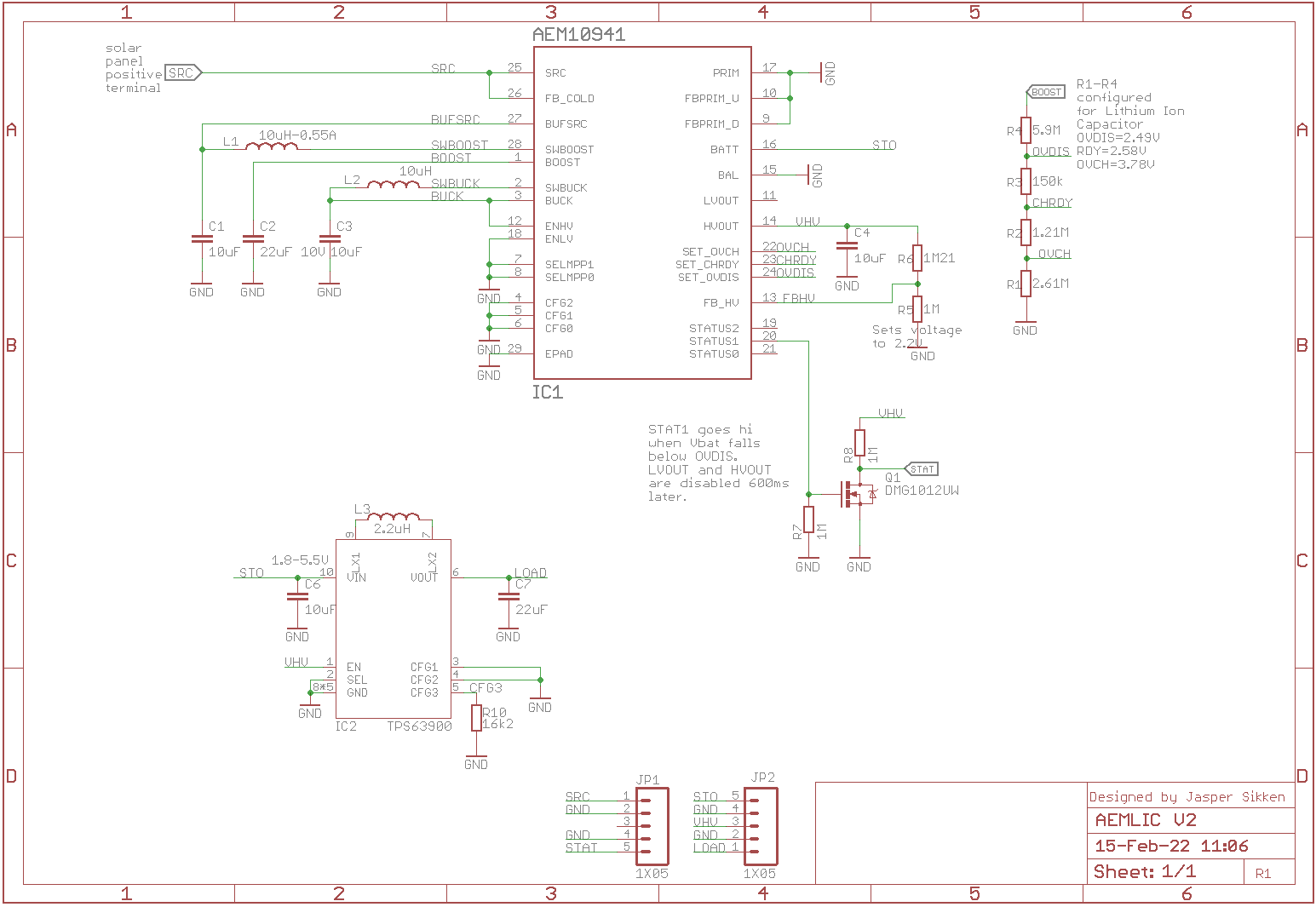

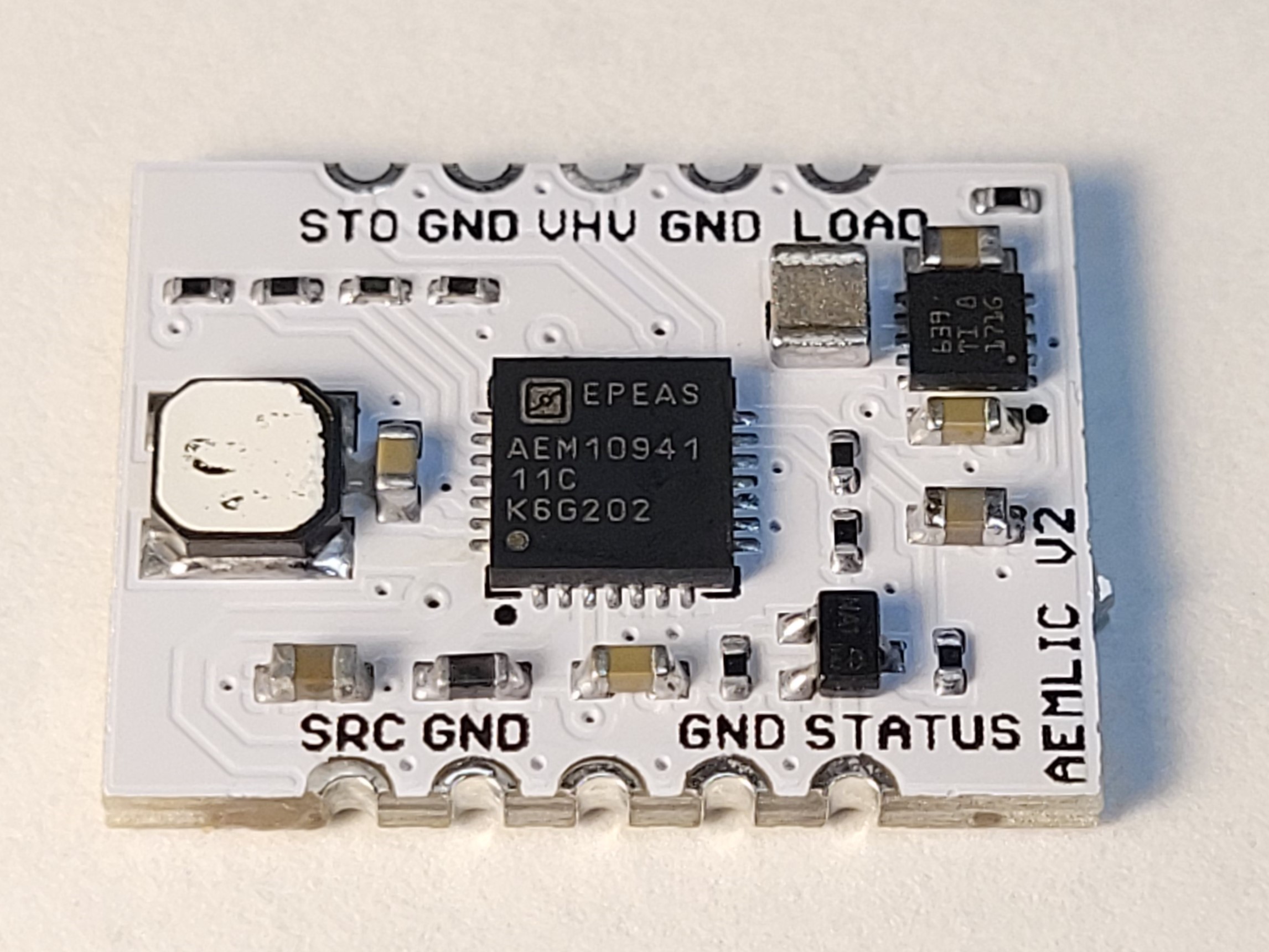
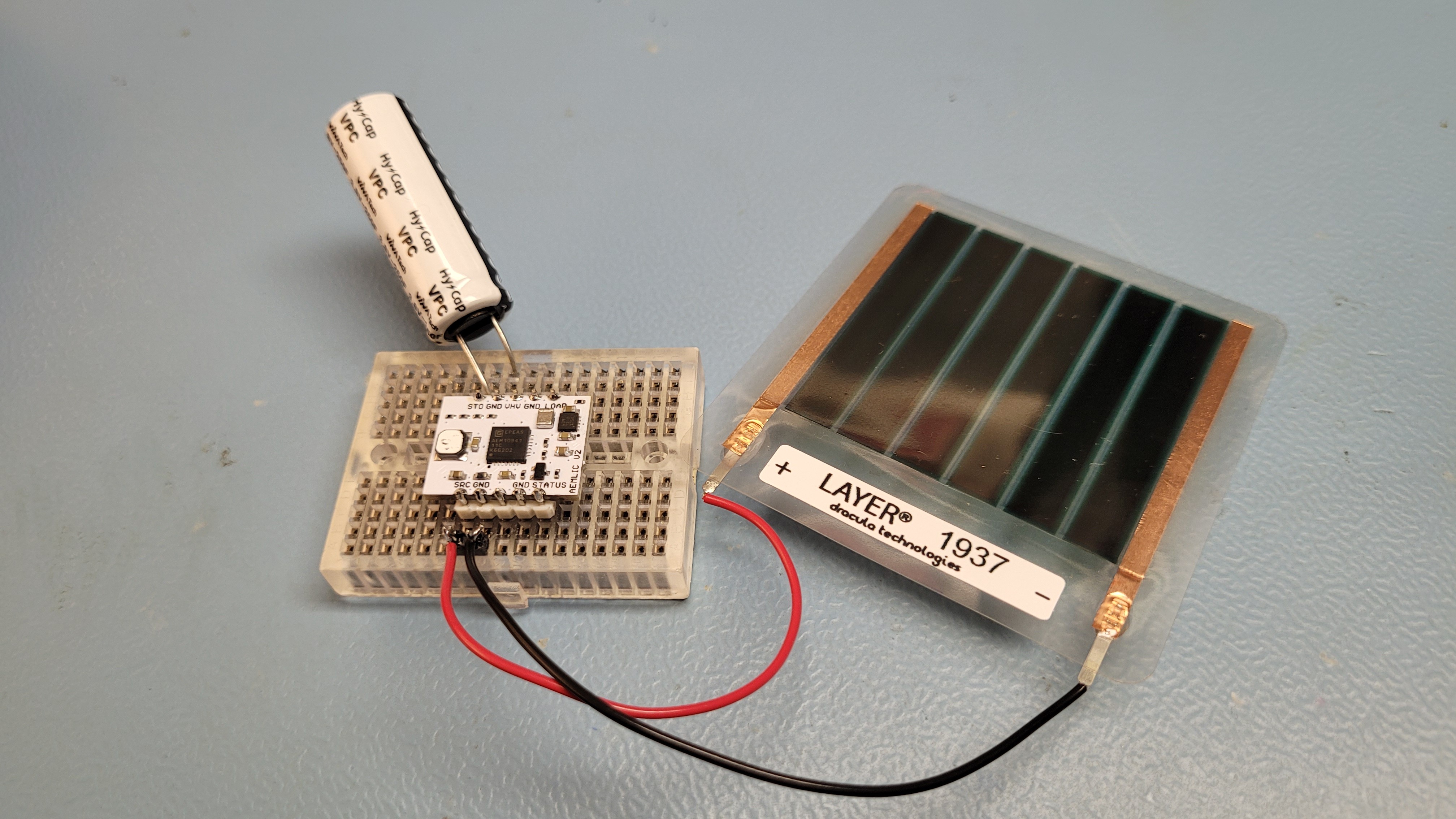
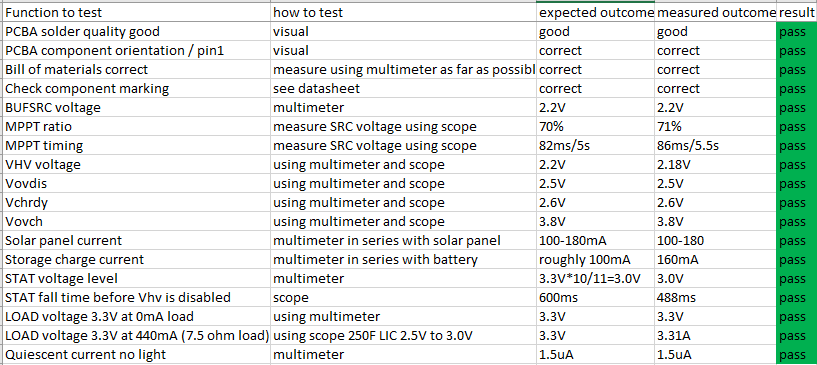
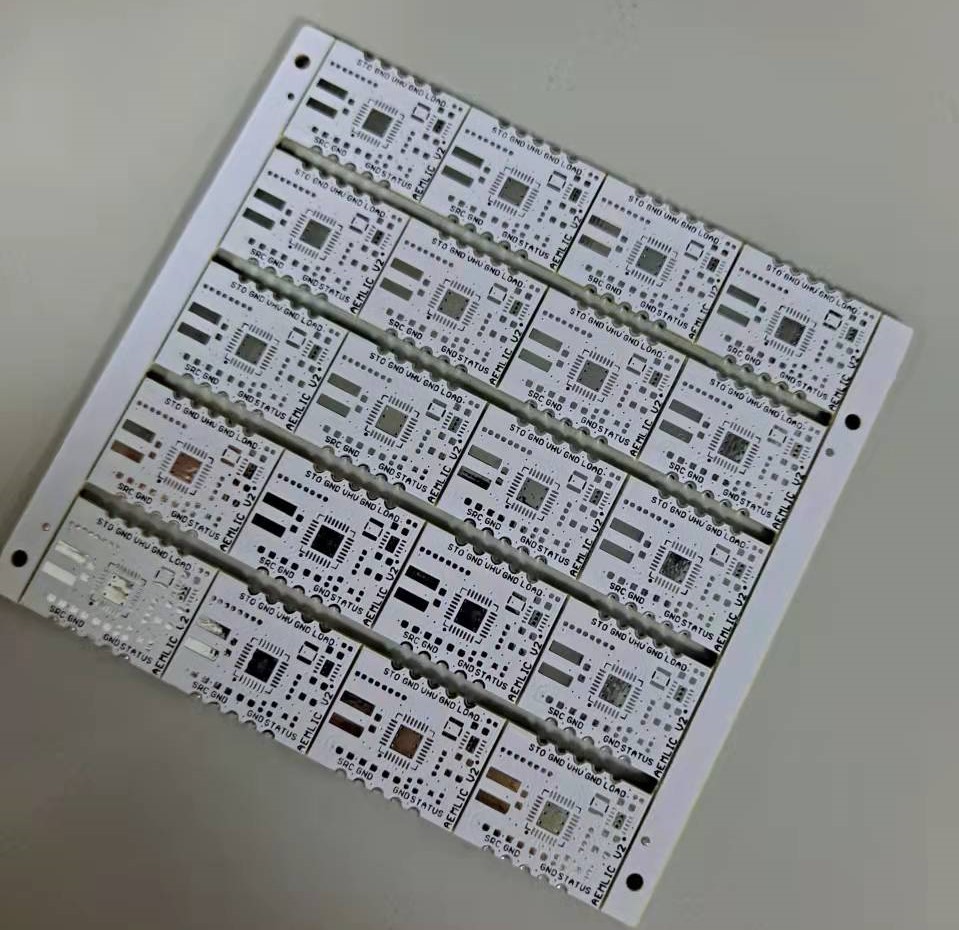

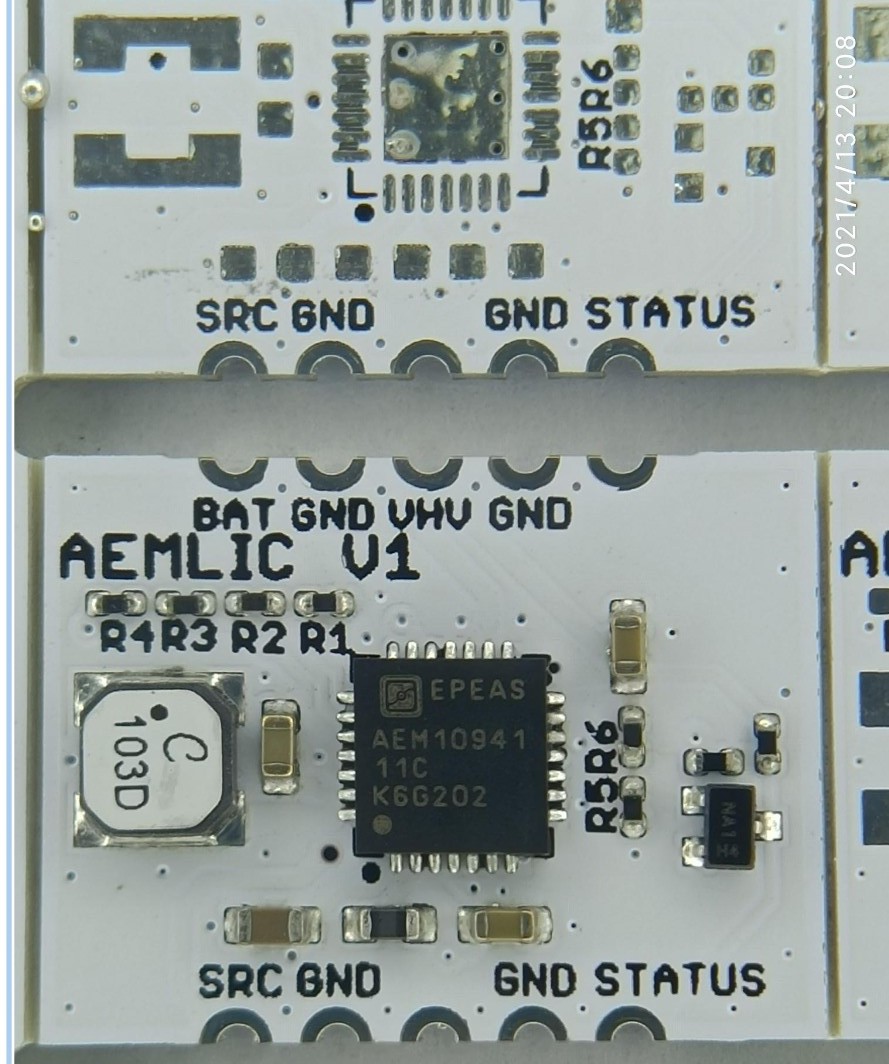



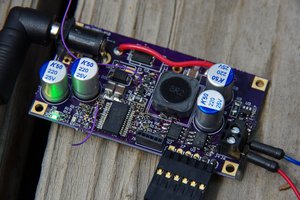
 Jonathan Bruneau
Jonathan Bruneau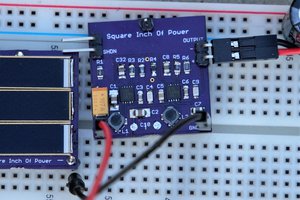
 OzQube
OzQube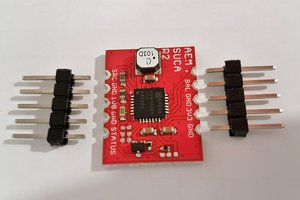
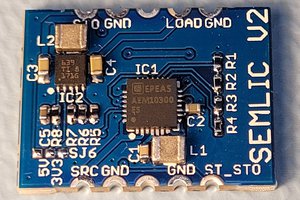
Meybe create a small tamagotchi , small screen 2 color monochrome, 4 or 5 buttons and meybe irda or wifi for communications.
If everyone can change firmware people make a software ;-)
I will be excited